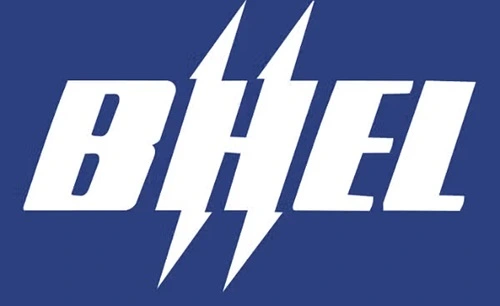Bharat Heavy Electricals Limited (BHEL) is a renowned state-owned engineering and manufacturing company in India, specializing in power generation equipment. Since its inception in 1964, BHEL has played a pivotal role in the industrialization of India by supplying critical infrastructure for power, transportation, and various other sectors. In 2024, the company continues to face both opportunities and challenges in a highly competitive and rapidly evolving global market. A SWOT analysis provides a comprehensive look at the strengths, weaknesses, opportunities, and threats that influence BHEL’s strategic direction.

Current Overview of BHEL
BHEL remains a key player in India’s power generation sector, with a strong base in engineering and an extensive product portfolio ranging from gas turbines to boilers and electric locomotives. It is also diversifying into non-power sectors such as transportation, water treatment, and defense. Despite its dominance in India, BHEL has been facing significant financial and operational challenges, including a slowdown in project execution and increasing competition from both domestic and international players.
In 2023, BHEL reported steady revenue growth, largely driven by its backlog of government projects. However, its profitability has been impacted by sluggish project timelines, competition, and rising operational costs. To counter this, the company is focusing on improving efficiency and expanding into new areas such as renewable energy and electric vehicle (EV) infrastructure.
Future Plans
BHEL’s strategic focus for the future includes increasing its involvement in renewable energy projects, particularly solar and wind, in line with India’s push for cleaner energy solutions. The company is also targeting international markets, exploring opportunities to supply equipment to power projects abroad. Moreover, BHEL aims to capitalize on the growing demand for electric mobility infrastructure, especially in the EV charging space, and is looking to partner with private entities to accelerate growth in these emerging sectors.
BHEL SWOT Analysis
Strengths
1. Strong Engineering Base: BHEL’s engineering capabilities are among the best in India, giving it a competitive edge in power generation and infrastructure projects. Its diverse product portfolio includes more than 190 products across sectors.
2. Government Backing: As a government-owned entity, BHEL benefits from strong institutional support, which helps it secure large-scale projects, particularly in the power sector.
3. Large Domestic Customer Base: BHEL enjoys a large customer base in India, which provides it with significant market influence and a stable stream of revenue.
4. Continuous Profits: The company has maintained consistent profitability and has been paying dividends since 1974, reflecting its financial stability.
Weaknesses
1. Delayed Project Execution: BHEL faces significant delays in executing projects compared to international competitors, impacting customer satisfaction and financial performance.
2. Outdated Technology in Some Areas: The company has been slow to adopt new technologies, especially in renewable energy and high-efficiency systems, putting it at a disadvantage in a sector where technological innovation is key.
3. Heavy Reliance on Government Contracts: BHEL’s dependence on government projects makes it vulnerable to fluctuations in public spending, potentially affecting revenue streams during economic downturns.
4. Cumbersome Procurement Process: The company’s lengthy and bureaucratic procurement procedures reduce its agility and responsiveness to market changes.
Opportunities
1. Growth in Renewable Energy: With the global shift towards renewable energy, BHEL has significant opportunities to expand its operations in solar and wind power projects.
2. Aging Power Plants: Many of India’s existing power plants require maintenance and upgrades. BHEL can leverage its expertise in servicing older plants to secure new contracts.
3. International Expansion: By expanding into international markets, particularly in developing countries that are looking to modernize their power infrastructure, BHEL can diversify its revenue streams and reduce reliance on the domestic market.
4. Public-Private Partnerships: Increased participation in public-private partnerships, particularly in infrastructure projects, can help BHEL access new opportunities in non-power sectors such as defense and water treatment.
Threats
1. Intense Competition: BHEL faces stiff competition from domestic companies like Larsen & Toubro and international giants like Siemens and General Electric, which often have access to newer technologies and lower operational costs.
2. Technological Disruption: Rapid technological advancements, particularly in renewable energy and digitalization, could render some of BHEL’s existing products obsolete if the company does not keep pace.
3. Economic and Political Fluctuations: Changes in government policies, budgetary constraints, and geopolitical tensions can affect BHEL’s international operations and overall business prospects.
Conclusion
BHEL remains a critical player in India’s industrial landscape, particularly in power generation and infrastructure development. However, the company faces significant challenges, including increasing competition, project delays, and the need for technological upgrades. By leveraging opportunities in renewable energy, expanding its international footprint, and investing in modern technologies, BHEL can continue to grow and maintain its position as a leader in the engineering sector. Addressing its weaknesses, particularly in project execution and technological adoption, will be crucial for ensuring long-term sustainability and success in a rapidly evolving global market.